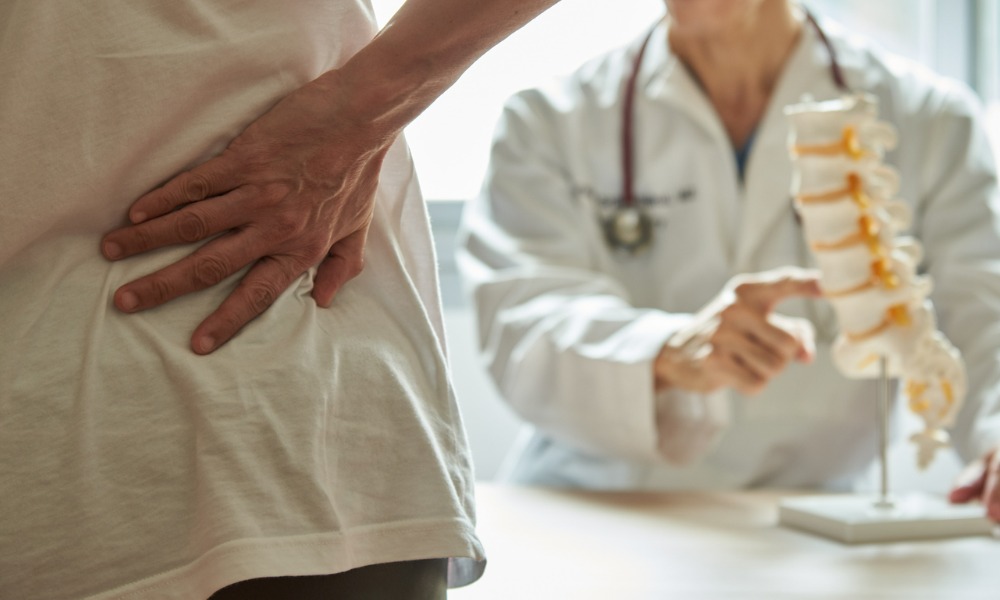
Manufacturing firm claims no substantial evidence of work-related injuries

The workers’ compensation administrative law judge should utilize expert medical opinion when deciding a medical issue, including whether there was a cumulative injury, and should not disregard a medical expert’s conclusion on matters requiring medical knowledge, a recent ruling said.
The applicant in the case of Menchaca vs. Hedman Manufacturing Company; American Automobile Insurance Company claimed that he sustained injury to his knees, shoulders, ankles, back, neck, hands, and fingers while the defendant employed him as a painter from Aug. 2, 2018 to Aug. 2, 2019.
The applicant alleged that, while working for the defendant, he engaged in the continuous lifting of items, the heaviest of which weighed 70 pounds. The defendant denied workers’ compensation benefits on the basis that there was no substantial evidence of work-related injuries.
Read more: California painter denied workers' comp for permanent disability
The applicant’s primary treating physician found it reasonable to conclude that industrial injury was the primary contributory causative factor of injury and impairment. The panel qualified medical evaluator made a similar conclusion.
The workers’ compensation administrative law judge ruled that the applicant should receive nothing since he did not sustain injury arising out of and in the course of employment (AOE/COE) to various body parts during that period. The applicant asked for reconsideration.
The panel of the Workers' Compensation Appeals Board of California granted reconsideration and rescinded the judge’s decision. The panel held that there was substantial medical evidence supporting a finding that the applicant indeed sustained injury AOE/COE.
While the factual issue of whether the alleged incident occurred was a determination for the workers’ compensation administrative law judge, the issue of injury was a medical determination requiring an expert medical opinion, the panel stressed.
In this case, both the primary treating physician and the panel qualified medical evaluator found that the applicant sustained a cumulative injury AOE/COE after conducting physical examinations of the applicant and reviewing his medical records, diagnostic studies, medical history, and work history.
The doctors found that the applicant’s repetitive work as a painter was consistent with sustaining injury AOE/COE, the panel noted.
The panel accepted that there were inconsistencies in the applicant’s testimony. These inconsistencies included the weight of the heaviest object that the applicant lifted during work, the year when he started feeling knee pain while working, and the fact that he initially alleged that he never climbed at work then later said that he did have to climb ladders. However, the panel concluded that these inconsistencies were not crucial.